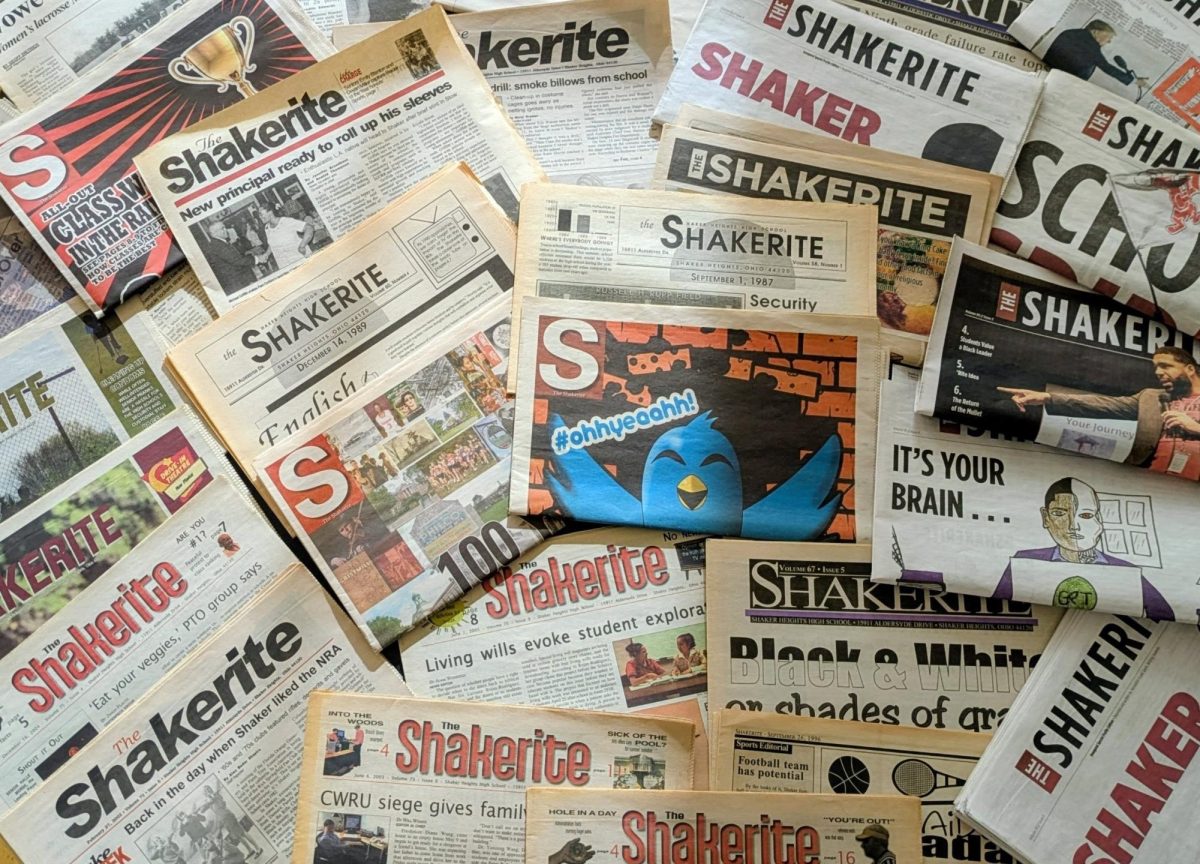Why walk the dog when you can milk the cow?
To make some extra money, you may soon be able to take care of cows and chickens when the neighbors are on vacation. Spot the dog, Frisky the cat and Bubbles the goldfish are old news.
In times of uncertainty and doubt; of shrewd politicians and cunning environmentalists; of dripping air conditioners and scorching weather; certain doubts fill our minds and our bellies. We look to farmers to fill our nutritional needs. But there is a catch. There are fewer farmers and more of us — city dwellers and suburbanites—essentially those who buy food at Giant Eagle.
Urban farming is on the rise across the country, and more non-farmers are grabbing the chicken feed. In backyards and apartment balconies across the United States, vegetables are growing and chickens are laying eggs. Goats are producing dairy goods, and people are happy paying less for these products. This urban experiment is expanding into the suburbs, the Heights are beginning to see the trend. In Shaker it is less evident, if not nonexistent. But it’s not impossible or unlawful.
City regulations distinguish pets from other animals with the danger factor an animal could pose to the community. So you could have a pony, but you can’t have lions or tigers or bears. Such “wild animals” are considered dangerous and a nuisance.
Zoning laws and health codes are other factors when appealing for the right to keep farm animals in Shaker. If you wanted a pygmy goat, you could keep it in your house, a doghouse or your children’s playhouse, but you couldn’t keep it in a tool shed—those are regulated. Some fences and types of fencing require permits as well. If it was appealing to you, and the neighbors had no objections, you could, technically, keep a horse in your house.
“In 1912 when Shaker was founded, people obviously had horses—for their carriages and such,” said Law Director William Gruber. “Some properties in Shaker are still large enough. However, most people don’t want a horse in their house, but if they did, and the neighbors didn’t complain, we couldn’t do anything about it.”
Science teacher Kenneth Culek was not quick to embrace the possibilities.
“I just have a hard time imagining the situation [of farm animals in Shaker],” Culek said.
And indoor equines?
“I mean, the [excrement] for dogs are bad enough, I can’t imagine how bad they would be for horses,” Culek said.
One Shaker resident kept chickens in his yard and wanted to build a fence to keep them in and other animals out. The fence was too big, however, so he had to apply for a permit. The Shaker chef was granted the variance.
The city does not regulate chickens, goats and pigs, but if this fauna spread and became a problem, city officials will not stand by. “We would have to look into modifying the regulations and nuisance ordinances,” Gruber said.
Because chickens are unregulated in Shaker, the city has no record of how many chickens live here, let alone how many are causing problems.
“Unless we get a complaint, it won’t be a problem,” said Gruber, referencing chickens or goats as Shaker residents. The city knows only of one resident who owns chickens.
Chickens are one thing, but some students prefer other fowl. And if they can have them, why not? Sophomore Greth Lyon has always wanted a duck. “It used to be a childish thing I wanted, and I jokingly discussed it with a friend for a while,” Lyon stated in a Facebook interview. Now, knowing that duck ownership is a possibility, she considers the policy a positive aspect of Shaker living.
Shaker has always been a unique community. Whether promoting integration or making breakthroughs in education, the city is always pushing the limits. However, as of yet, Shaker hasn’t endorsed or prohibited the expansion of the urban farming trend. Perhaps as the drought across North America spreads and intensifies, urbanites will realize the need for food independence. Then, chickens may become common inhabitants of the Heights, and certain ordinances may have to be reconsidered.
Until then: chickens, goats and pigs—welcome.
A version of this article appeared in print on 3 October 2012 on page 8 of the Shakerite.






